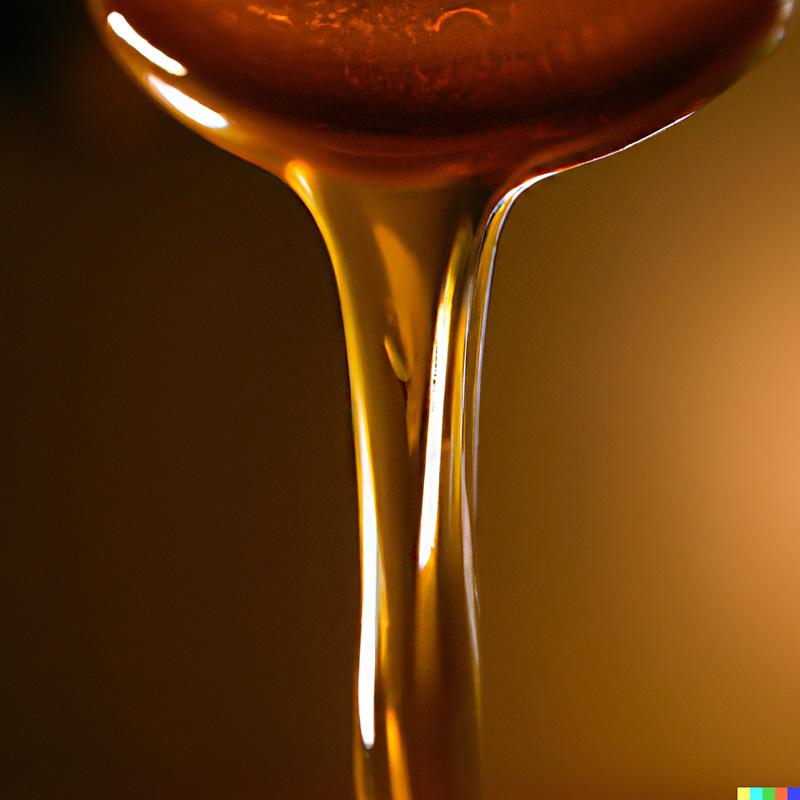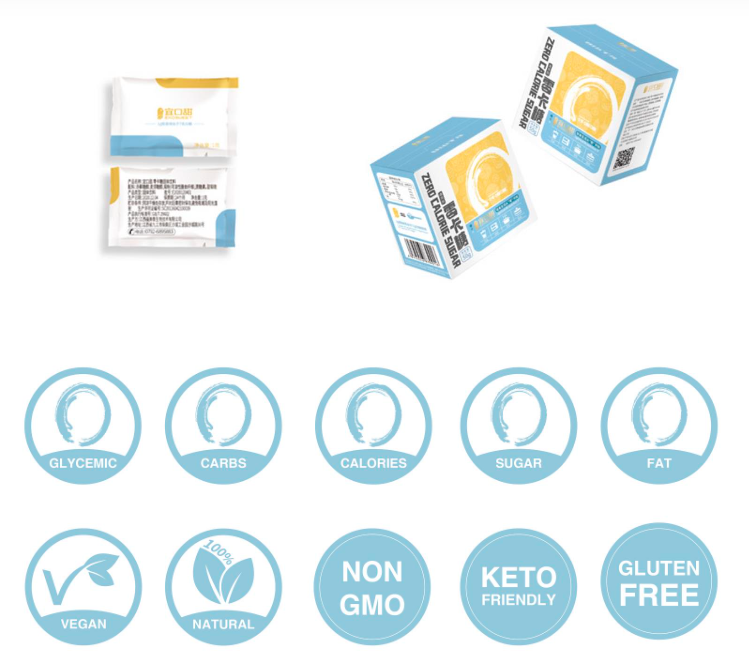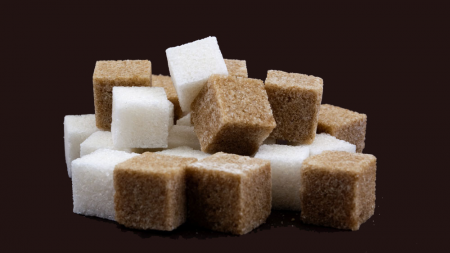What is a Sweetener?
As defined by the FDA, "A substance that enhances the flavor or sweetness of a food." The FDA recognizes four types of sweeteners that can be used in foods and beverages:
• Sugar
• High-fructose corn syrup (HFCS)
• Artificial sweeteners
• Natural and artificial flavorings
These items have been used for decades and are still considered safe for consumption. But there is increasing concern about the overuse of high fructose corn syrup and the lack of transparency in the food industry around its use.
CFSS (Calorie Free Sugar Substitute) can be a handy tool in a dieter's arsenal when combined with proper nutrition and activity. CFSS can provide an alternative to sugar for people who want to reduce sugar consumption.

Many types of CFSS exist on the market today, but the two most common varieties are aspartame and sucralose. These two can be found in various varieties and formulations, including sugar-free gum, sugar-free candy, diet soda, ice cream, and baked goods.
The FDA regulates the use of CFSS, which is currently listed as GRAS, meaning "Generally Recognized As Safe." It has been approved for human consumption since 1957.
Which Sweetener is the Most Healthy?
There are four sweeteners commonly used in modern cooking: sucrose (table sugar), fructose (fruit sugar), high fructose corn syrup (HFCS), and Honey.
Sucrose is produced by plants and used as the primary form of energy for plant cells. It's a sugar and is used in various types of food.
Fructose is a simple sugar found in fruits and Honey. While fructose is naturally present in fruit, it is used in industrial processes such as producing beer and soft drinks. Fructose is often added to processed foods as a cheap alternative to table sugar.
High fructose corn syrup (HFCS) is a refined version of fructose. HFCS is used to make processed foods low in cost.
Honey is made from flower nectar. The nectar is collected and mixed with enzymes to release glucose from starches. It has a relatively low sugar content and is used in various foods.
To determine which sweetener is best for you, consider where it is used, what it contains, and what quantity!
Honey has a lot of nutritional benefits. It is a complete protein with all eight essential amino acids, vitamins, minerals, antioxidants, enzymes, and other beneficial nutrients. It also helps support gut health by stimulating healthy digestion and reducing symptoms of IBS.

In the Last Decade or So, Sweeteners have Gotten a Bad Rep!
They have been blamed for obesity, weight gain, and an increased risk of diabetes. But there are some health benefits to using stevia over other sweeteners. Not only are they calorie-free and contain no calories, but stevia is also 100% natural. Stevia has been used for centuries by herbalists and has been proven safe to consume by multiple studies.
Stevia comes from the stevia plant, which is native to South America. Because stevia is naturally derived, it has zero calories and does not affect blood sugar or insulin levels. Stevia also has anti-inflammatory properties that may help treat asthma, allergies, and ulcers.

Although most people prefer the flavor of Honey, many have concerns about Honey being extracted from beehives. However, one study found that Honey made with organic cane sugar has nearly identical anti-microbial properties to the natural kind.
For those allergic to gluten or sensitive to wheat, Honey and corn syrup can be problematic. Agave syrup is a good alternative for those who need to limit fructose intake. Agave nectar is made from agaves, a desert plant used for centuries to create beverages, foods, and medicine. While agave contains some nutrients (it is rich in vitamins B6 and C and iron), it also contains fructose, which makes it a high-fructose sweetener.



 Whatsapp
Whatsapp